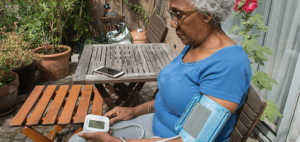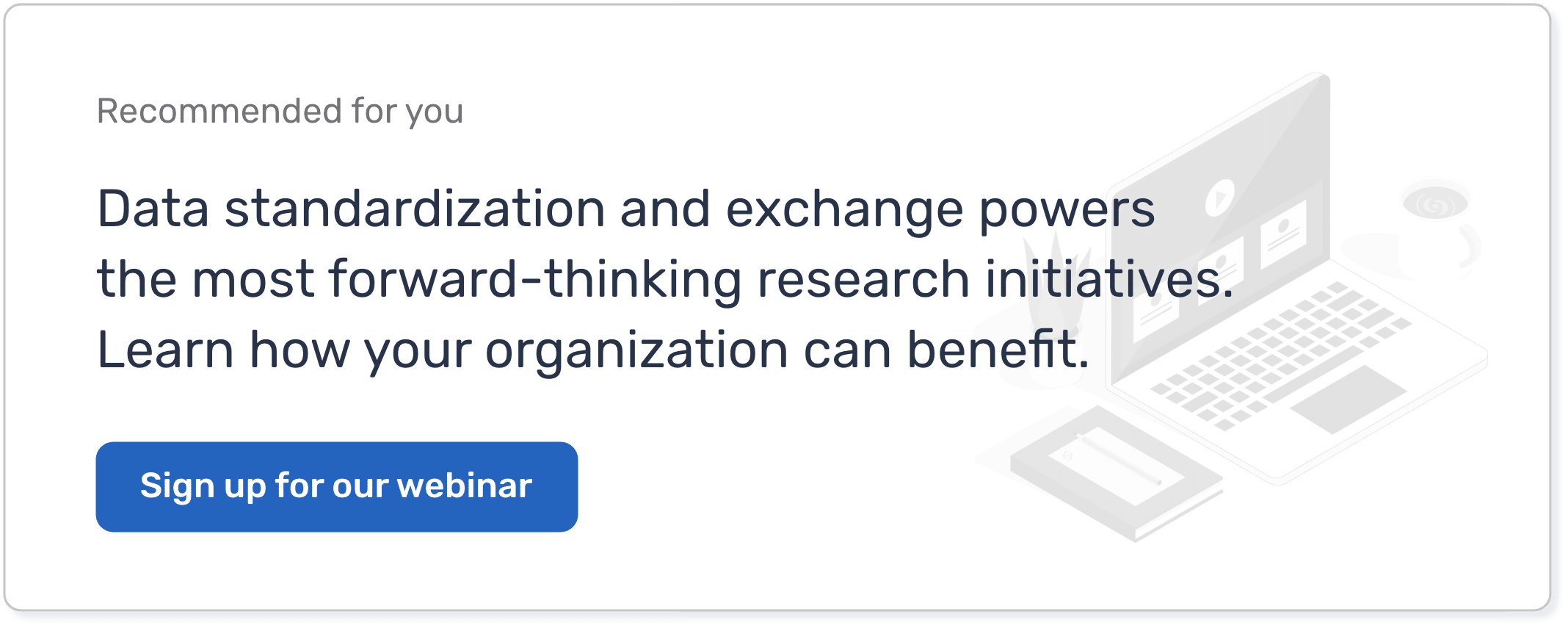Last weekend we attended the American Heart Association’s Scientific Sessions in Chicago, where we discussed innovations in medical research with cardiologists from around the world. Cardiovascular disease is the number 1 cause of death globally and only through high quality, standardized data, and the use of technology can we speed up the research process and the discovery of better treatment options for a growing patient population.
In light of this hot research topic, we present to you our 7th nominee for the Castor Research Award. This study, led by Mark Schuuring from Amsterdam UMC (the Netherlands), is investigating a new telemonitoring program for adult patients with congenital heart disease through the use of innovative hardware and software.
Mobile health in grown-up congenital heart disease
Project leader: M.J. Schuuring MD PhD FESC, Amsterdam UMC, location AMC and Haga Teaching Hospital
There is a large team involved that makes this study possible.
Background
Grown-up congenital heart disease (GUCH) patients are a rapid growing population. Most of these patients need lifelong follow-up because of the residual sequalae causing heart failure and arrhythmia. Care is organized by a few outpatient visits per year. These visits are needed to optimize dosing of medicines and detect complications or disease progression. The current organization of care is hampered by frequent emergency hospitalizations due to a slow response on clinical signals of deterioration.
Telemonitoring is expected to reduce emergency presentations and to improve patient reported outcomes because of rapid response to clinical deterioration. So far, however, data on telemonitoring are conflicting. Several meta-analyses suggest clinical and economic benefits, but numerous prospectively initiated clinical trials have not confirmed these findings. These telemonitoring studies were performed in patients with acquired heart disease. Besides these conflicting results, professionals and patients are often hesitant to start using telemonitoring because they fear an overload of data, and consequently an excessive burden for health care professionals.
Patients with GUCH are, however, a particularly attractive patient group for telemonitoring. Limitations of previous negative studies are overcome because of young age, affinity with mobile devices, and a chronicity of the condition that requires lifelong surveillance of these patients. In our recent study, only a small minority (14%) of GUCH patients already used telemonitoring, whereas a large majority was willing to start using it (75%). GUCH patients commonly experience fears and insecurities, and telemonitoring might reduce emergency visits for reassurance.
Telemonitoring is not just a tool to report data, but should be an integrative approach. GUCH patients seem particularly suited, and an approach that overcomes clinical, economic, user perspective, educational, organizational, and technical aspects is needed for an integrative care of GUCH patients. The hypothesis is that health care consumption will decrease with telemonitoring and patient reported outcome measures (PROMs) will improve because of a quicker response to clinical deterioration. Furthermore, remote reassurance in patients with palpitations but sinus rhythm is expected to lead to a reduction in health care utilization.
Study design
At first, an observational prospective registry was initiated to evaluate feasibility of a new mHealth program for telemonitoring in symptomatic GUCH patients. This prospective study is conducted in a tertiary referral center in the Netherlands (Amsterdam UMC, location AMC). The institutional ethics committee approved the study. Informed consent is obtained in all patients. Consecutive symptomatic adult patients with congenital heart disease are included. Symptomatic is defined as palpitations or documented arrhythmias in the last three years or HF New York Heart Association (NYHA) class ≥ II. Patients are screened at the outpatient clinic or clinical ward and if eligible they are invited for a detailed explanation of the study. We distinguish three subgroups: arrhythmia, heart failure and hypo/hypertension.
The mHealth program (HartWacht) consists of hardware for single-lead ECG measurements, equipment to measure blood pressure, and a scale for body weight measurement, in combination with mobile applications to receive and transfer data. Palpitations and arrhythmias were evaluated with single lead ECG measurements, which were recorded using a wireless ECG device and transferred to a remote telemonitoring center using a smartphone application (Kardia). Blood pressure and weight parameters were evaluated with a blood pressure monitor (Omron) and a weight scale (iHealth) wirelessly connected to the patients smartphone. These data were transferred to the telemonitoring centre through a different smartphone application (cVitals). Study measures (i.e. extensive history-taking and PROM questionnaires) were obtained in all participants at baseline. PROM questionnaires were repeated every three months. Results were automatically added to the Electronic Medical Record (EMR) of the patient.
The following data are collected during follow-up (1) emergency care utilization, (2) PROMs, (3) number of visits to the outpatient clinic, (4) number of telephone contact moments, (5) medication changes induced by results of the telemonitoring program. All data were extracted from the EMR, so only events registered in the EMR were used. Historical data of care utilization from the last year before inclusion were obtained to have an indication of disease burden of these patients. Careful evaluation of the patient-perceived health status, quality of life and self-management was performed using the PROM questionnaires. Three PROM questionnaires were used (EQ-5D, PAM-13 and SF-36). EQ-5D and SF-36 evaluate quality of life, EQ-5D-5L scores general quality of life and health status. PAM-13 gives an indication of the level of self-management of a patient.
How we are using Castor in our research
Castor is an easy and safe data capture system that helped us to work on our project with multiple users. The workshops are well put together and easy to understand. I really enjoy the survey tool of Castor, which works perfectly. It is easy to set up a survey, and the users receive an easy to understand questionnaire. I really want to recommend the Form Exchange, which saved me a lot of time. Furthermore, Castor has an API, and the team of Castor was happy to discuss opportunities to connect to other companies through this API. In the near future, a randomized controlled trial will be initiated. I expect that it is easy to use the current study database as a basis for the new study.
Stay tuned for more nominations for! We wish all nominees good luck and encourage all researchers to brag about their projects and get the chance to win €3000!


